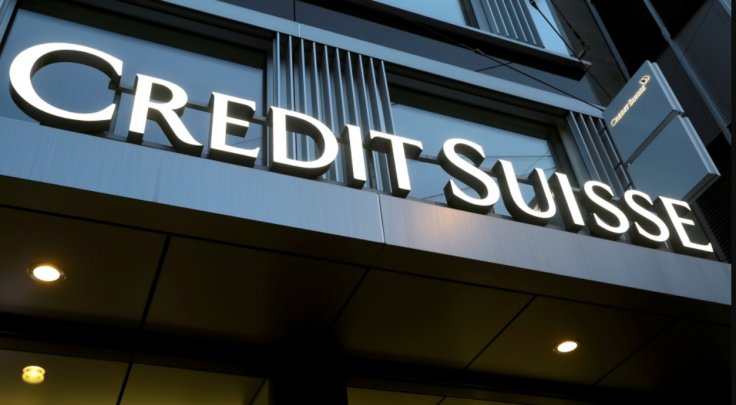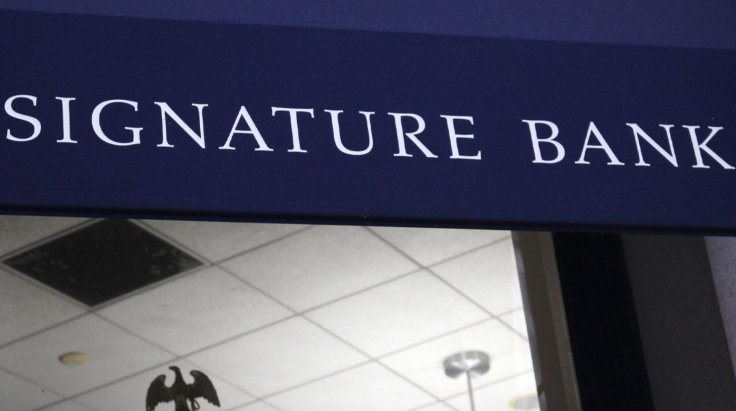A new research report has shown that the unrealized losses at American banks are too high for comfort, though the cumulative measures taken by the Federal Deposit Insurance Corporation (FDIC), the Federal Reserve, and the Treasury have instilled confidence in the investors.
The academic report says that unrealized losses at US banks were at $1.7 trillion at the end of 2022 and that this amount almost equals the banks' total equity of $2.1 trillion.

The paper, written by Itamar Drechsler, Alexi Savov and Philipp Schnabl, also says that nearly $7 trillion of the total U$17 trillion in US bank deposits, are currently not insured by the FDIC.
"If uninsured deposit withdrawals cause even small fire sales [of assets], substantially more banks are at risk ... Overall, these calculations suggest that recent declines in bank asset values very significantly increased the fragility of the U.S. banking system," wrote University of Southern California's Erica Xuewei Jiang, Northwestern University's Gregor Matvos, Columbia University's Tomasz Piskorski and Stanford University's Amit Seru wrote, according to the Fortune.
What are Unrealized Losses?
According to Investopedia, an unrealized loss is a paper loss that results from holding an asset that has decreased in price, but not yet selling it and realizing the loss. "An investor may prefer to let a loss go unrealized in the hope that the asset will eventually recover in price, thereby at least breaking even or posting a marginal profit. For tax purposes, a loss needs to be realized before it can be used to offset capital gains," it further explains. Unrealized losses turn into realized losses when an asset that has lost value is ultimately sold.

Bumpy Road Ahead
Last week, a study by Social Science Research Network suggested that the road to banking health is bumpy. The study says it analyzed US banks' asset exposure and found that the US banking system's market value of assets is $2 trillion lower than suggested by their book value of assets.
This was mainly because of the deterioration of the value of their government bond holdings and mortgage-backed securities in the aftermath of the heavily aggressive rate hikes by the Federal Reserve. "Marked-to-market bank assets have declined by an average of 10% across all the banks, with the bottom 5th percentile experiencing a decline of 20%," the study says.
The heavy decline in bank asset values significantly increased the fragility of the US banking system to uninsured depositor runs, the analysts point out. This brings the focus back to the uninsured deposits.

The collapse of Silicon Valley Bank and Signature Bank in the United States as well as the failure and takeover of Credit Suisse in Europe have raised the specter of a banking contagion.
The research report published by the Social Science Research Network said last week that as many as 186 American banks are at risk due to the erosion of the value of their assets in the wake of the aggressive rate hikes by the US Federal Reserve. Even if half of the uninsured depositors anticipate trouble and begin withdrawing their funds, some 186 banks could see a run and eventual collapse, the study says.








